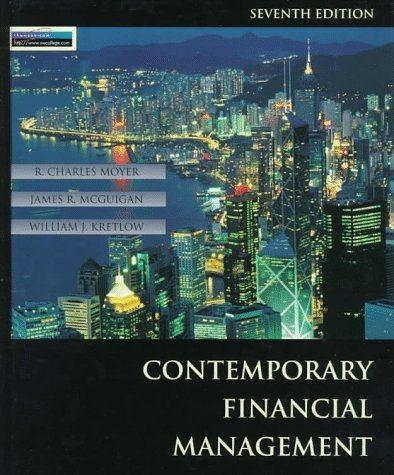Question
Which of the following is a FALSE statement? In a binomial tree created to value an option on a stock, the expected return on stock
Which of the following is a FALSE statement?
In a binomial tree created to value an option on a stock, the expected return on stock is the risk-free rate.
Investors do not expect higher returns to compensate for higher risk in a risk-neutral world.
Risk-neutral valuation involves assuming that the expected return is the risk-free rate and then discounting expected payoffs at the risk-free rate.
Risk-neutral valution and no-arbitrage arguments give the same option prices. In order to maintain a riskless hedge using an option and the underlying stock, we need to choose a fixed delta that does not change.
Step by Step Solution
There are 3 Steps involved in it
Step: 1

Get Instant Access to Expert-Tailored Solutions
See step-by-step solutions with expert insights and AI powered tools for academic success
Step: 2

Step: 3

Ace Your Homework with AI
Get the answers you need in no time with our AI-driven, step-by-step assistance
Get Started


